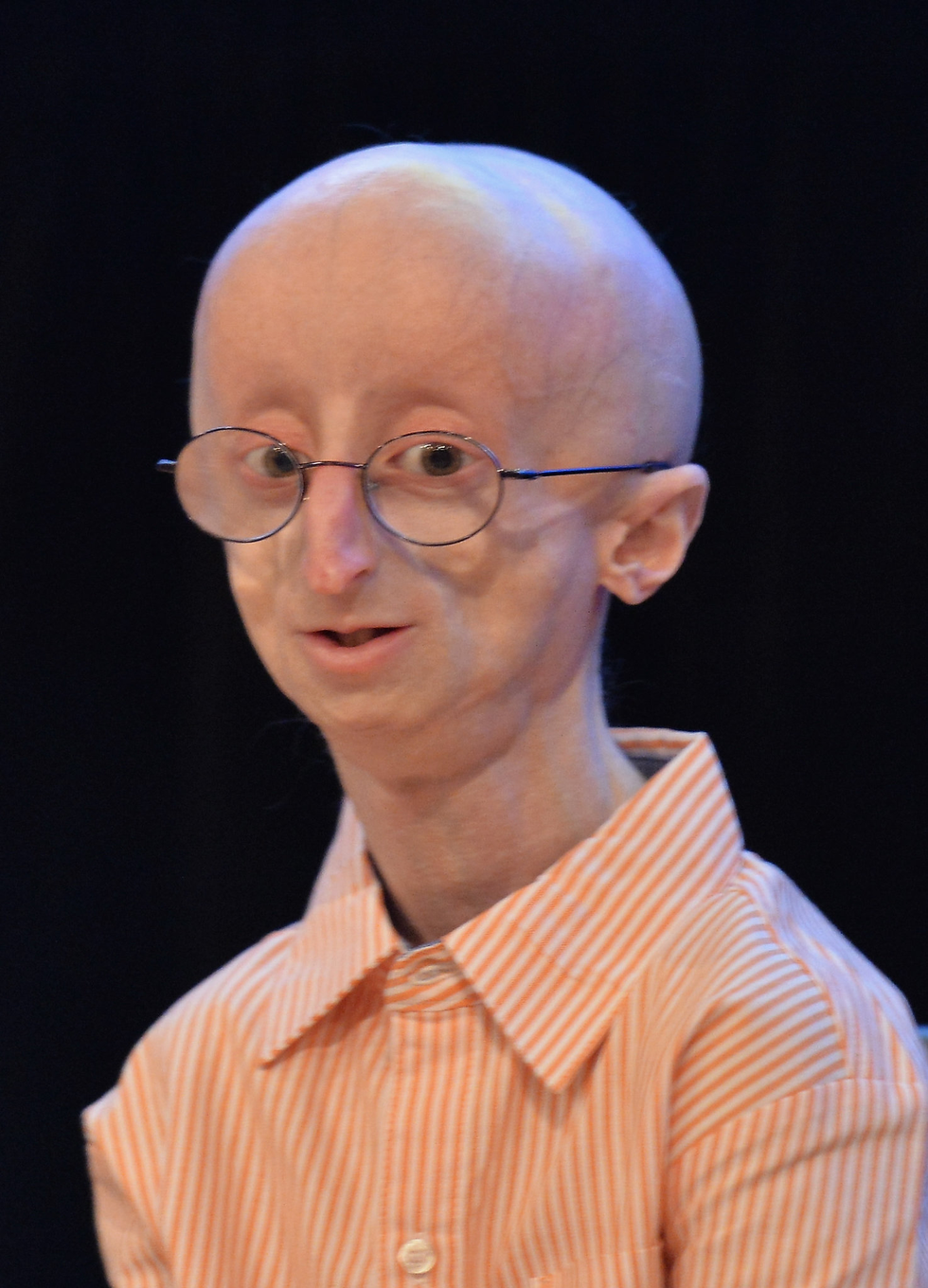About Progeria:
- Progeria, also known as Hutchinson-Gilford progeria syndrome, is an extremely rare, progressive genetic disorder.
- It causes children to age rapidly.
- A tiny genetic mutation causes the disease.
- It is reported to occur in 1 in 4 million newborns worldwide.
- Newborns with the disorder appear to be healthy at birth but usually start to show signs of premature aging during their first one to two years of life.
- Their growth rate slows, and they don’t gain weight as expected.
- Progeria doesn't affect a child's intelligence or brain development.
- However, their rapid aging causes distinct physical characteristics, including:
- Hair loss (baldness).
- Prominent eyes.
- Aged, wrinkled skin.
- A thin, beaked nose.
- Disproportionately small face compared to head size.
- Loss of fat under the skin.
- As children with progeria get older, they get diseases you'd expect to see in people age 50 and older, including bone loss, hardening of the arteries, and heart disease.
- The condition is always fatal. Heart problems or strokes are the eventual cause of death in most children with progeria.
- The average life expectancy for a child with progeria is about 15 years. Some with the condition may die younger, and others may live longer, even to about 20 years.
There's no cure for progeria. A drug called lonafarnib has been shown to slow down the progression of the disease.
